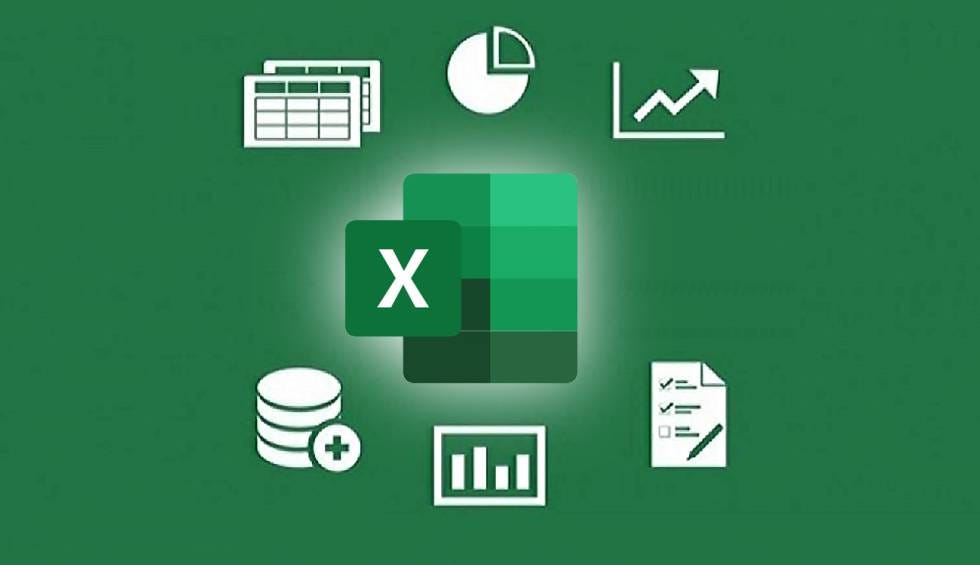Here is a list of all the Key Excel Concepts for Data Analyst Interviews:
1. Formulas and Functions: Master essential Excel functions like VLOOKUP(), HLOOKUP(), INDEX(), MATCH(), IF(), and nested IF statements to perform complex data lookups, logical operations, and calculations.
2. PivotTables: Use PivotTables to summarize, analyze, and explore large datasets quickly. Understand how to group data, create calculated fields, and apply filters within PivotTables.
3. Data Cleaning and Transformation: Familiarize yourself with data cleaning techniques using functions like TRIM(), CLEAN(), TEXT(), and DATE(). Use Excel’s built-in tools like Flash Fill, Text to Columns, and Remove Duplicates for efficient data preparation.
4. Conditional Formatting: Apply conditional formatting to highlight key data points, trends, or outliers, enabling more effective data visualization and interpretation.
5. Advanced Charts and Graphs: Create a variety of charts, including bar charts, line charts, scatter plots, and histograms. Understand when and how to use each chart type for the best data representation.
6. Macros and VBA: Learn to automate repetitive tasks by recording macros and writing simple VBA scripts, streamlining workflows and saving time on complex processes.
7. Data Validation and Dropdowns: Use data validation to control user input, ensuring data accuracy and consistency. Create dropdown lists and other controls for better data entry.
8. Lookup and Reference Functions: Deepen your understanding of advanced lookup and reference functions like XLOOKUP(), OFFSET(), and INDIRECT() for dynamic data referencing.
9. What-If Analysis: Perform what-if analysis using tools like Goal Seek, Data Tables, and Scenario Manager to model different scenarios and assess their potential impact.
10. Power Query and Power Pivot: Use Power Query for advanced data import, cleaning, and transformation, and Power Pivot for building sophisticated data models and performing complex calculations using DAX within Excel.






